Search Results for Tag: biodiversity
Biodiversity for download

You may soon get some biodiversity for your PC and smartphone (Photo: wetwebwork on flickr, under CC BY-SA 2.0 license)
Biodiversity is good we are told. And that’s why it might be hitting your app store soon. While security software needs to constantly adapt to the latest internet scares, there has so far been no general way to counter viruses and malware messing up your smartphone. Now, scientists are looking to nature for help. Just as a population of species benefits from genetic variety to become more virus-resistant, so can software – in theory anyway.
But computer scientist Michael Franz has outlined how diversity can be introduced into software in an automated fashion and on a large scale. Ideally, this happens right at the source, such as in app stores for smartphones and tablets.
“The point of our solution is that the app store generates the versions,” we were told by Franz, who is a professor at the University of California at Irvine. In current app store models such as for iOS, Android, or MacOSX – downloaded software is uniquely tied to a user via a user ID, he explains. “From here, it is only a small step to use and authenticate different [software versions] for each user.”
The idea is that if a virus needs to adapt to millions of slightly different versions of what is functionally the same program, criminals will have to commit way more time and money to code malware – and as a result will have a lot less enthusiasm doing so.
But if the app store automatically generates slightly different versions for each user, is there a guarantee all of them will work? Franz claims yes, but admits that the very idea of pushing for software diversity undermines what is essentially an article of faith in the software industry.
“Most engineers are absolutely horrified about the idea of anything that isn’t fully predictable and repeatable,” he said. “After all, we are telling people to execute software programs that nobody else has ever executed before. That scares many people.”
Well, we’d say, if that includes criminals – so be it.
India poll workers brave wild animals to reach voters
Braving hungry crocodiles, Asiatic lions, wild elephants and traveling in camel caravans– sound like an Indiana Jones movie? It’s what some election officials in India have faced in recent days trying to do their job.
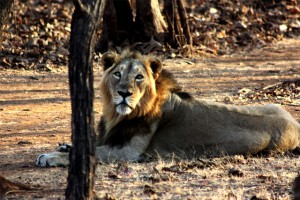 This Asiatic lion, along with other wildlife, awaited an election team in the Gir forest in Gujarat (Photo credit: CC BY 2.0: Shaunak Modi)
This Asiatic lion, along with other wildlife, awaited an election team in the Gir forest in Gujarat (Photo credit: CC BY 2.0: Shaunak Modi)
Pulling off a parliamentary election in the world’s largest democracy is never an easy task. Apart from the mind-boggling logistics this time (814 million eligible voters; over 930,000 polling stations; nearly 6 million poll workers), India’s physical size and topographical diversity trigger an obstacle course for some poll workers. From snow-bound mountains in the northern Himalayas, the deserts of western Rajasthan, tropical jungles to tiny remote islands in the south, some poll officials have to navigate a variety of routes to ensure citizens can cast their votes. And, a few election officials have also had to brave the teeming wildlife that comes with the terrain.
One newspaper report, along with a video, detailed how election officials on the Andaman and Nicobar archipelago in the Indian Ocean – home to more than 550 islands, many of them heavily forested – recently got into canoes and undertook a three-hour journey on a river infested with crocodiles. Their job was to get to a remote village along with their two voting machines and set up a polling booth. The mission, though harrowing, was eventually successful. But election officer, Biswajit Roy, a veteran of national polls, told the Wall Street Journal: “In all my years, this by far was the toughest.”
There were also reports of officials trudging through tropical jungles inhabited by snakes and traveling in camel caravans to reach settlements in the Thar desert in northwestern Rajasthan. Big animals were also very much on the mind of a polling team that traveled to the Gir forest in the western state of Gujarat – home to the majestic Asiatic lion – to cater to a lone voter in a hamlet there. Election rules in India say there must be a polling station within two kilometers of every residential community.
And, earlier this month, election officials in the northeastern state of Meghalaya had to contend with a herd of wild elephants that blocked the way to two polling stations. They were eventually chased away into the jungle by forest rangers.
Sturdy corals defy global warming
So far, we’ve believed that reef-building corals around the world are hugely vulnerable to rising ocean temperatures and can suffer bleaching as a result. But, scientists recently discovered a coral species that can actually seem to adapt to warmer weather.
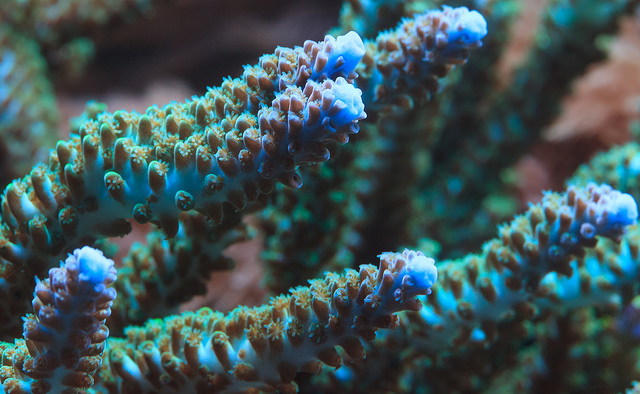
Not exactly Acropora hyacinthus, but another coral of the Acropora family (Photo credit: CC BY 2.0: Will Thomas/Forge Mountain Photography)
Remember your last trip to the sea? You probably recall how the water around you felt warmer the closer to the beach you were and colder the farther you swam out to sea. And while you can move from colder to warmer water and the other way round, corals cannot. They stay put in their surroundings. So, researchers decided to look at how the same coral species can deal with different water temperatures.
Along the coasts of American Samoa, coral Acropora hyacinthus lives and grows on the reefs. Water levels shift due to the tides, leaving the corals along the flatter beaches covered with less water during low tide. This water can be heated up more easily by the sun, periodically exposing the corals to a warmer environment.
Stephen Palumbi from the University of Stanford and his team collected both: Acropora hyacinthus corals from flatter areas and also ones from the deeper, cooler sea. Next, they put all the corals in so-called “stress tanks” where the scientists could deliberately alter water temperature.
When substantially heating the water in the stress boxes, the researchers made a crucial observation: the corals collected from the deeper, cooler sea died. But the ones collected from those exposed to periodically warmer areas survived. They were already used to warmer temperatures and changing temperatures and thus able to adapt, researchers concluded.
Palimbo states in a video: “Now, the real hope for the stress tanks is to take them elsewhere in the Pacific and find other corals that are just as strong as the ones we found here in American Samoa.”
Local biodiversity changes, but is not lost, study shows
With climate change and deforestation we typically focus on how biodiversity gets hit or disappears as a result. But a new study finds that biodiversity is not necessarily lost, but changes instead.
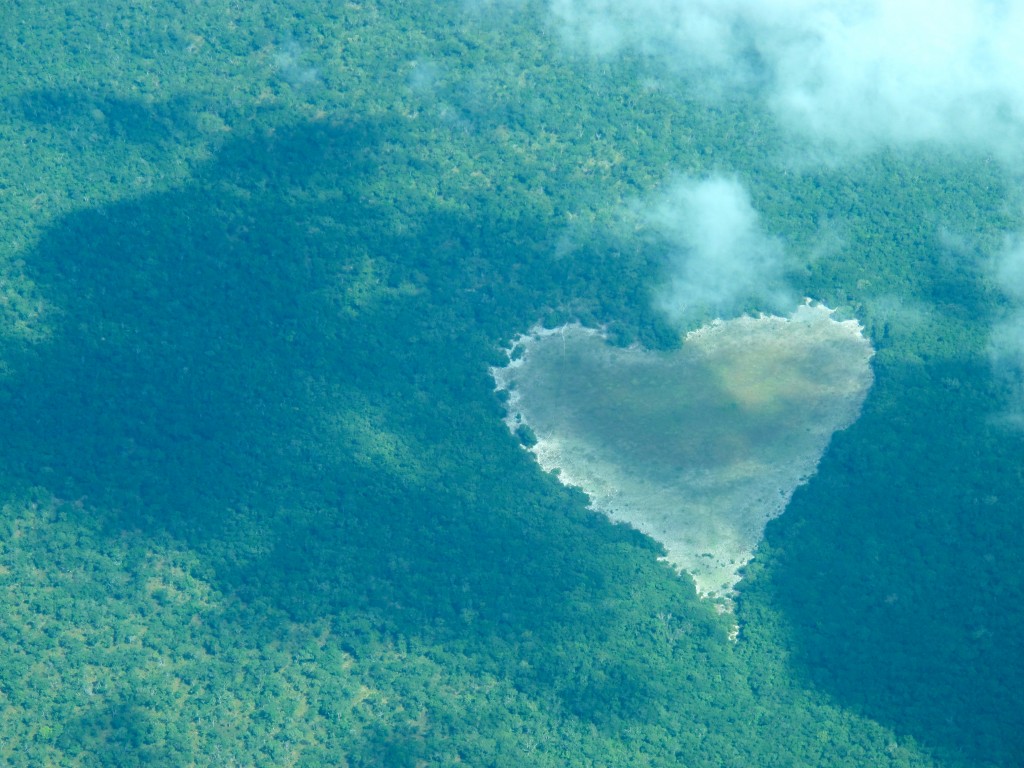
Forest in Northern Mozambique (Photo credit: CC BY 2.0: Maria Dornelas)
Maria Dornelas and her team from St Andrews University in Scotland investigated six million species living on land and in marine environments over the past 150 years. They found no distinctive pattern of species loss associated with any local community or ecosystem throughout this time. Instead they observed that species composition changed over time. The findings imply that a species is not necessarily under threat of extinction, just because it can’t be found in its “traditional” habitat any more. It may have simply been forced to migrate to another place – and not to its detriment. And this turnover of species in any given locale or community must have occurred faster than previously thought.
The researchers insist their findings do not dispute the fact that many species and habitats around the world are under threat. But they suggest that strategies to protect species should be revised to reflect the phenomenon of species turnover, which has so far been underestimated.
The driving force of life: evolution
Hearing the word “evolution” might immediately transport you all the way back to you upper school biology class – to Darwin and his finches, and to Lamarck with his long-neck giraffes. Remember? In case you also recall just how boring it was, rest assured the topic is actually quite colorful:
Without evolution life would not have exploded into such colorful diversity. And without diversity of life, evolution could not work – the two are inextricably linked. (And with Global Ideas focusing on biodiversity for the next few years, it’s certainly worth taking a closer look at evolution)
Exactly what any form of life will look like (shape, colour, size for example) is mainly determined by its genetic information. And it’s at the genetic level where you’ll encounter nature’s first frontier of diversity. (Human hair for example has not the same colour for every person, but we can all have different hair colours).
At some stage our original genetic information might get altered by mutations. What sounds like a spooky scifi blockbuster kind of thing is in fact rather harmless: Think of it as a typo. If a letter in a word misspelled, you can still understand what the meaning of this word is. Over time, many mutations can occur in a species genome – most of these without any effect, a few resulting in severe illnesses, while others might turn out to be an advantage at some point in the future.
What sort of advantage might that be? Imagine, you are a rather awkward looking creature standing out from the crowd. But your unflattering appearance might actually save your life, if it helps you to disguise and hide away from predators. A British butterfly species is a good example: In its native British Isles the little fellows would live and flutter about mostly near birch trees. The butterflies used to be whitish or at least really bright in color. A few ones would don a special outfit – with black spots on their wings. (And if there was bullying among butterflies, they would have been the ones getting bullied all the time).
But in the course of the industrial revolution taking off in the early 19th century, the region turned dark and dirty from all the soot of the coal fires powering the factories. That’s when the “peppered moth” emerged: Once “bullied” for their different look, these guys now had an advantage: the trunks of the birch trees also covered in soot were no longer white. Suddenly the white butterflies were easy prey for birds, while the peppered moth now blended in very well with the dirty surface of the trees. As a result most of the white butterflies got eaten and could not reproduce anymore, the black-and-white version still could.
That’s what evolutionary biologists call “natural selection“: for whatever reason a species might come under pressure (e.g. through changing climate, food scarcity etc.), and only those species that possess adequate features will survive. This may not only be a certain visual appearance, but also a special “talent” or other characteristic, like being more resilient to drought than others. It’s possible that such features would never surface, without evolutionary pressure.
To see how this can help diversify life, we have to travel from England half way round the world to the famous Galapagos Island. There you’ll find a bunch of finches, the “Darwin finches”. They all look quite similar – apart from their very different beaks, as Charles Darwin noted back in the 1830s.
The birds all lived on the same island and used to feed on almost the same things. With all of them literally competing for the same resources the pressure was on. But birds with larger beaks had an advantage gobbling up larger grains, that small-beak-finches would not be able to pick . In turn, finches with a small beak outperformed the other ones when it came to smaller grains. In this way, over many generations one finch-species would diversify into many different finch species thereby adapting to local living conditions.
Work in progress?
Of course, this does not happen from one moment to another. Not even over the course of individual life spans, but rather over many generations. While we cannot observe human evolution “at work”, human life spans are much greater than those of other, and particularly small organisms. To explore evolution in action, scientists therefore often choose organisms with very short lifespans, that reproduce quickly, like mealworm beetles or the three-spined-spickleback. And even if we can’t see it – humans still evolve: Some scientists say, humans are not complete yet [link German only].




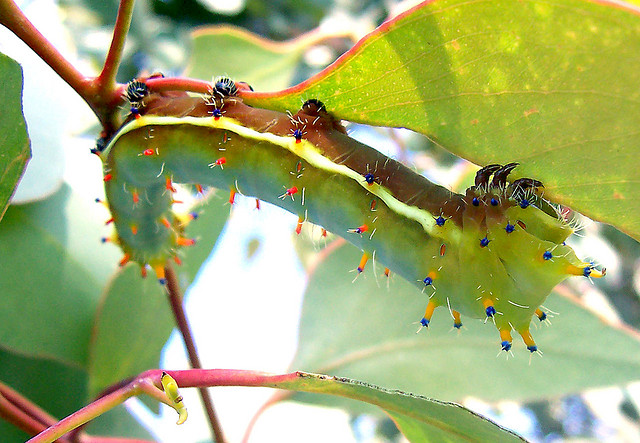

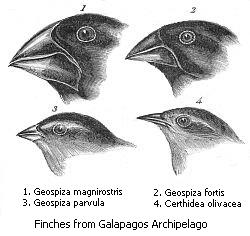





Feedback